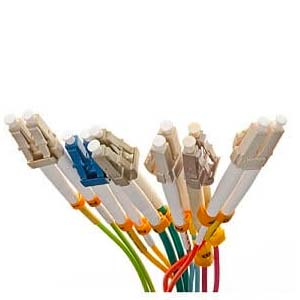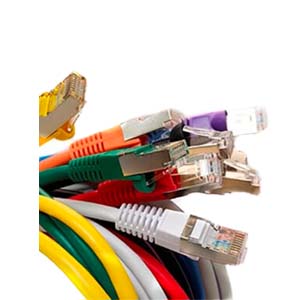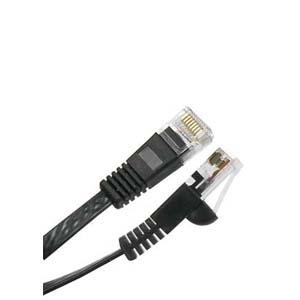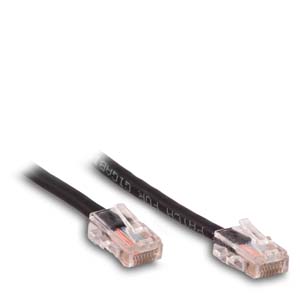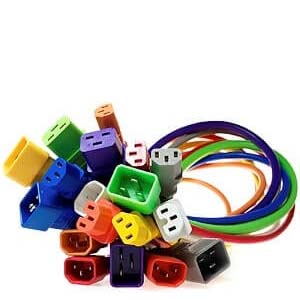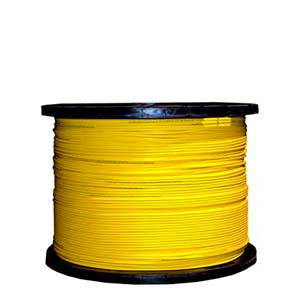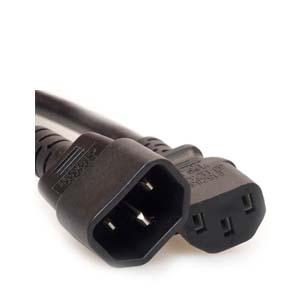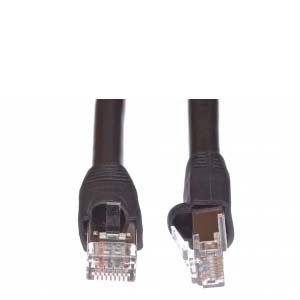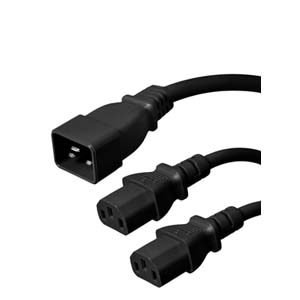Shop Cables for Sale - Fiber Optic Cables, Network Cables, Outdoor Cables, Bulk Ethernet Cables, Cat6 Cables, Cat5 Cables, Cat5e Cables, Crypto Cables and Data Center Cables.
How to Connect CAT5e and CAT6 Cable
by Vikas Dayal • December 10, 2018
Network Patch Cables, Data Center, Cat5e / Cat6 Cables, Network Patch Cords
Thus far in past blog articles we've focused on the different types of networked infrastructures, the need for UTP (Unshielded Twisted Pair) cable, the various do's and don'ts associated with the handling and installation; and how UTP, as a balanced line cable, is able to reject RFI (Radio Frequency Interference) and EMI (Electromagnetic Interference). In this blog article we'll discuss the termination of UTP at the head end as well as the plugs and jacks at the edge of a network.
If you recall, in a past blog post, we discussed where the standards that fuel and control the implementation of network Ethernet cabling and all connected devices come from. If you recall, it is the Electronics Association/Telecommunications Industries Association, also known by its acronym, EIA/TIA. The standard itself that largely controls how devices are wired is the "Commercial Building Telecommunications Standard."
The two primary UTP cable types that commonly are used in computer networks are CAT5e (Category 5e) and CAT6, both of which are balanced lines. They support 10/100 Mbps–up to 1 Gbps and 10 Gbps respectively.
If you are looking for cable for security purposes, such as access control and video surveillance, CAT5e will usually do the job. However, if you intend to use it for 4K and 8K, then perhaps CAT6 is a better choice, especially if you want to future-proof your installation. In addition, an important thing to remember is to match the jacks, plugs, patch panels, and other connected devices with others that are rated the same as the cable in use.
Making the CAT5e or CAT6 Connection
Whether it's CAT5e or CAT6, there are 4 pairs of conductors that you need to contend with (see illustration). They are:
Pair 1: White-Blue/Blue
Pair 2: White-Orange/Orange
Pair 3: White-Green/Green
Pair 4: White-Brown/Brown
These four cable pairs, be it CAT5e or CAT6, connect to plugs and jacks according to two connection standards known as T568A and T568B. The latter also is referred to as the AT&T standard.
The primary difference between the two is in how positions 1, 2, 3, and 6 are wired (see illustration) with regards to Pairs2 and 3. Using the T568A standard, Pair 2 connects to positions 3 and 6 while Pair 3 connects to positions 1 and 2.Using the AT&T configuration, Pair 2 connects to positions 1 and 2 while Pair 3 uses positions 3 and 6.
Does it matter which standard you use? Not really, but once you start using a specific connector configuration on a job,you must continue using it throughout the project. With that said, if you're adding to an existing installation, you must check the existing connections to determine which configuration that the installer used. Most of the time you will use T568A because it's used by more techs than the T568B, even AT&T techs.
When making a connection using either configuration, remember to do so without unduly untwisting each wire pair. If you do, it will adversely affect the performance of the wire in general. Keep the integrity of the twist as close to the plug, jack, patch panel, etc., as possible to maintain the CAT5e or CAT6 performance.
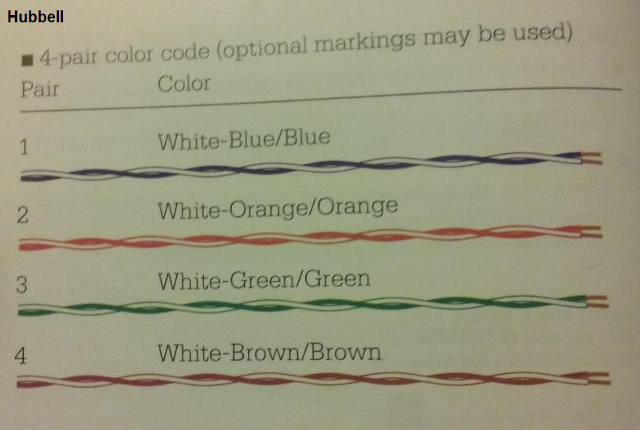
There are four twisted pairs of conductors in a Category 5e or Category 6 UTP (Unshielded Twisted Pair) cable. Although there are other color code standards in place, this is the most common color code configuration in use.
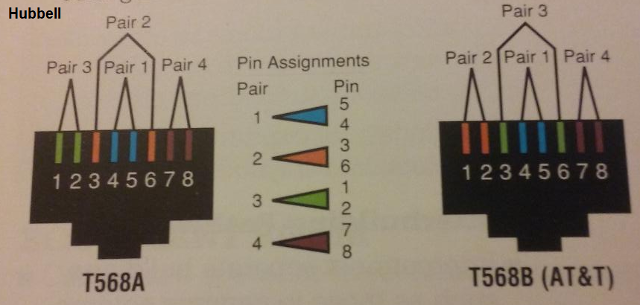
There are two methods of connecting Category 5e and Category 6 cable to plugs, jacks, patch bays, and other devices. The T568A is the most commonly used configuration today.


